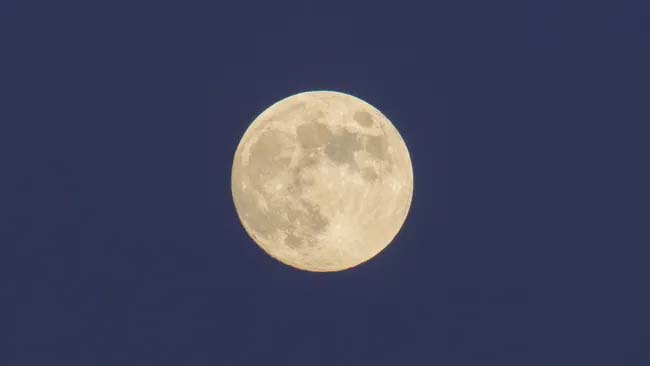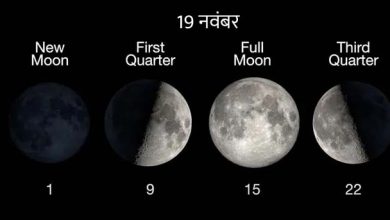The last supermoon (full moon) of 2024 will rise on November 15 as a full beaver moon

Science: The last of four consecutive supermoons in 2024 will rise this week. November’s full Beaver Moon will rise on Friday (Nov. 15), just in time for those who want to stay up late to watch the sky over the weekend. The moment of full moon will occur Friday at 4:28 p.m. EST (2128 GMT), but most observers will see the moon become full a day or two before the moment of fullness.
November’s full moon ties in another celestial gift: the beautiful Pleiades star cluster, located right next to the moon in the constellation Taurus. This dense group of stars, also known as the “seven sisters,” is one of the most popular sights of the night sky. Just note that the full moon’s brightness will make most of the stars in this cluster difficult to see. The full moon will occur in the constellation Taurus, shining just below the curved horns of Aries, the ram. About four hours after sunset, the hunter in the constellation Orion will follow the moon into the eastern sky.
The night sky on November 15 will include four visible planets, along with the full Beaver Moon. First to appear will be the planet Mercury, which will appear low in the sky in the southwest. However, Mercury sets quickly, dropping below the horizon about an hour after sunset.
If you’ve never observed a distant object in the direction of the setting sun, it may be best to leave this one to more experienced skywatchers, as pointing any optics in the direction of the sun (or simply looking at it with the naked eye) can be dangerous.





